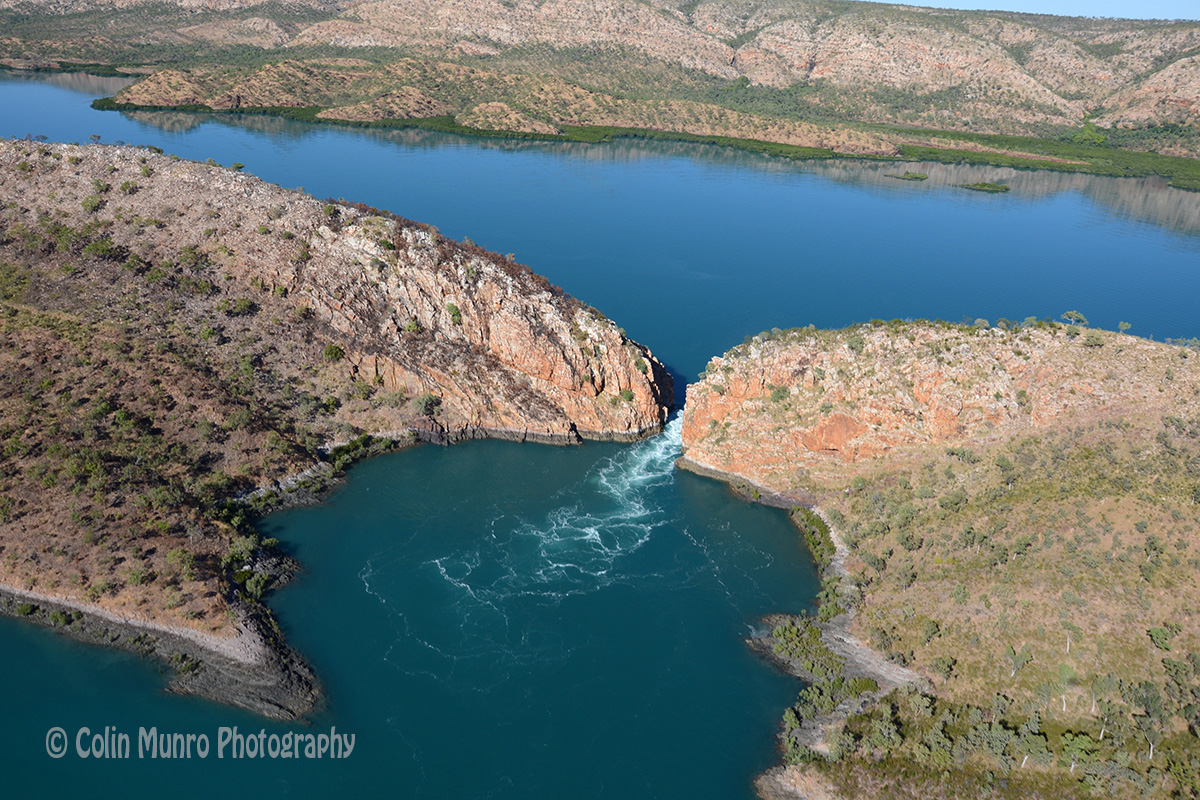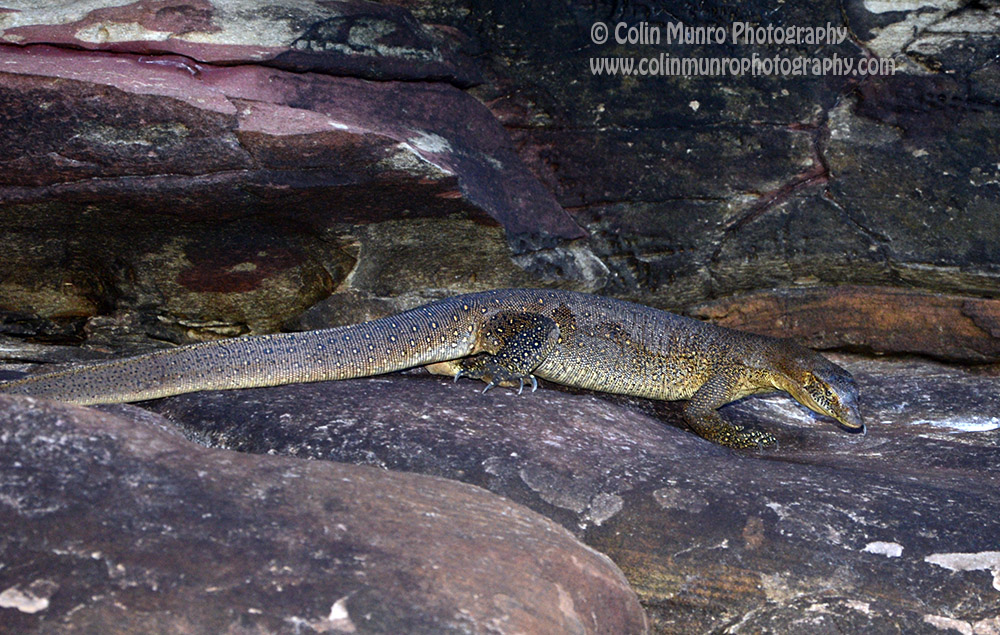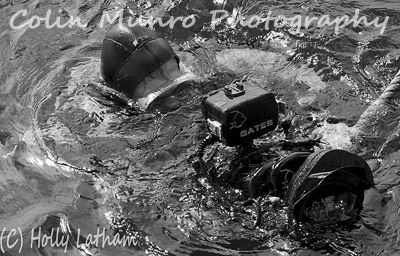Thung Wua Laen Beach, Chumphon, Thailand, Stornoway, Isle of Lewis, Scotland and St. Peter Port, Guernsey, Channel Islands and various other places.
It felt strange to be writing this account in the sweltering humidity of Thailand’s rainy season after the ferocious, dessicating heat of the Kimberley. Equally, it felt odd in the cool, fresh breeze off Papa Westray in the Orkney islands. This blog was written in no one location, rather it was added to in over a dozen places; from Thailand to the Shetland Islands down to the British Channel Islands via the Outer Hebrides and the Isles of Scilly, Devon and finally completed in Barcelona. Mostly it was done in the evening, at sea, after we had everyone back onboard, briefings completed, daily reports sent and plans for the following day in place. So it was written in very short bursts – ten minutes one night, fifteen the next. As a consequence, completion has taken rather longer than initially intended. This piecemeal approach also resulted in what was written one night rarely flowing easily into the next day’s segment. I eventually became rather frustrated with hits and so decided to cut most of the text. The Kimberley has a unique, harsh beauty and so I have largely allowed the images to speak for themselves.
The Kimberley covers over 163,000 square miles of Northwestern Australia. It is hot, rugged and sparsely populated. A vast area of sandstone plateau dissected by river gorges. To many it is known as Australia’s last great wilderness. Over three times the size of England, yet with a resident population of between 35-50,000 (many leave during the wet season). To put that in context that’s a quarter to a third of the population of the Isle of Wight. It is not an area of the World teaming with wildlife, the climate and land are too severe to support life in great number. Spinifex carpets the land, with occasional boabs ((Adansonia gregorii) and pandanus where water courses run. The mammals that make their home in the Kimberley are mostly difficult to see, largely being nocturnal (such as northern quolls) or crepuscular (e.g. rock wallabies). But wildlife there is, especially close to water, where eagles, egrets, herons, brahminy kites, water monitors and, of course, saltwater crocodiles are found.

Saltwater crocodile, Hunter River, Kimberley

Saltwater crocodile basking on rocks, Hunter River, Kimberley
A saltwater crocodile basks on a rock, its jaws gaping, at the end of a small creek along the Hunter River. Although this pose may look aggressive, the primary purpose is to cool the crocodile’s brain. Whilst the croc lies in the sun its body warms. The optimum body temperature for crocodillians is between 30 and 33 degrees centigrade. As with most animals, the brain is sensitive to overheating. Evaporation from the lining of the mouth cools the crocodile’s head whilst the more massive body warms.

A saltwater crocodile cruises slowly along the surface, Hunter River, Western Australia.
At high water, as the above of exposed mudflat and rock diminishes, crocs are more likely to be seen cruising slowly on the surface.

massive rock buttresses line the Hunter River gorge.

The Horizontal Falls, seen from the air
The Horizontal Falls have been described as “One of the greatest wonders of the natural world” by Sir David Attenborough no less. A man who has seen a fair few natural wonders in his time. Viewing the falls, even on neap tides, it’s hard to disagree with Sir David. On a spring tide the tidal range in the Kimberley can be up to 10 metres. This tidal ebb and flow is forced through two narrow gaps in the McLarty mountain ranges. This can result in a drop of several metres at each falls, as water rushes through with tremendous force.

The King George Falls, King George River, Western Australia
At around 40 metres in height,the King George Falls are the highest in Western Australia. There are in fact two waterfalls, side by side on the King george River, separated by a giant rock buttress.

Brown boobies in flight.

A beach stone curlew, Careening Bay
Beach stone curlews, also known as thick-knees, are large, heavily built waders that feed on crabs and other marine invertebrates. They prefer isolated beaches for nesting, such as Careening Bay, where this one was photographed.
Mertens’ water monitor (Varanus martensi) is a fairly large monitor, up to a metre in length, found throughout much of Northern Australia. It feeds mostly on frogs, fish, crabs, small mammals, birds eggs and insects, pretty much anything they can catch. They are rarely found far from water. I photographed this one on a low ledge near the base of The King George Falls. We glimpsed it gliding along as we nosed a Zodiac up to the waterfall. Like many other Australian carnivores, Mertens’ water monitors appear to have suffered a decline in numbers in areas to which cane toads have spread. Toxicity tests indicate that water monitors are highly susceptible to cane toad toxins (Smith and Phillips, 2006).

A Merton’s water monitor, Varanus merteni,
Each year in early July, humpback whales arrive off the Kimberley coast having migrated from their Antarctic feeding grounds to calve here. Recent estimates suggest that between 28,000 and 34,000 humpbacks will visit the Kimberley coast between June and September annually. This is believed to be close to their pre-whaling levels; hunting for humpbacks ceased in this region in 1963.

A humpback whale cruises along the surface. Adele Island, Northwest Australia.

The humpbacks of the Kimberley
References
Smith, J.G., and Phillips, B.L. (2006).
Toxic tucker: the potential impact of cane toads on Australian reptiles. Pacific Conservation Biology 12, 40-49.
